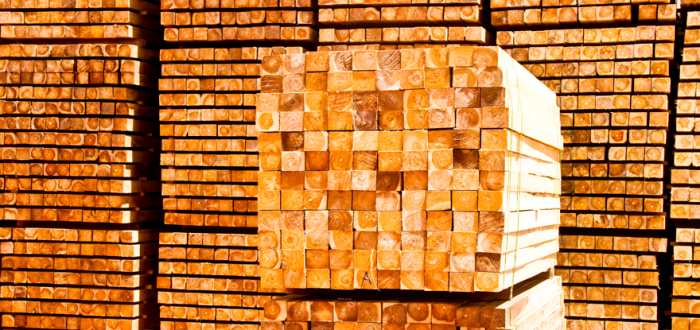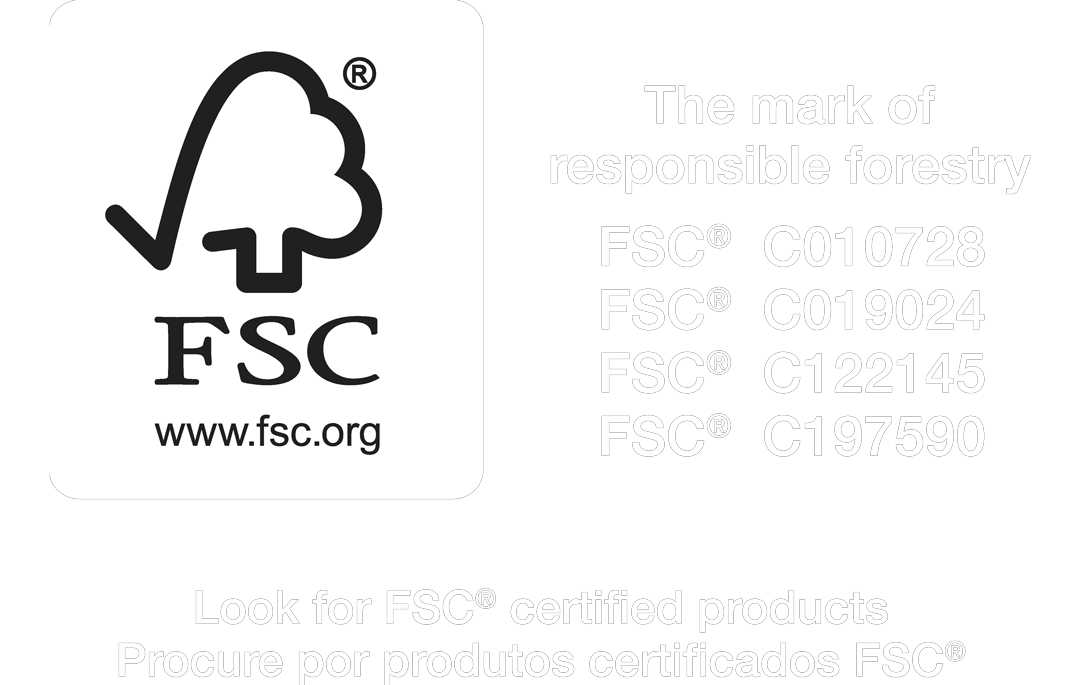Teak wood has properties which provide natural resistance to sunlight, rain, insects and fungi. These features are the main difference compared to other hardwoods and is what matters most to the final consumer.
However, whenever it is worth knowing a little better about our work tool. Thinking on it, let’s talk a little about the structure of the tree trunks and the types of wood cut.
The central part of the trunk is called marrow and, like the human body, it is small in diameter. However, it is also quite fragile, since it is composed of less resistant tissue and therefore more willing to biological attacks.
Around the marrow is the heartwood, with a darker color, made by cellular elements without vegetative activity, however, highly resistant to biological attack, especially in teak tree.
Between the bark and the heartwood is the sapwood, with a light color. It has a reserve substances such as starch and sugars, which means that it has less resistance to the harmful biological agents.
Knowing the structure of logs, Floresteca performs the processing of wood and markets in forms of logs, blocks and sawed for various sectors that will cut them, assemble them, polish them and turn them in various articles .
If you are now beginning to work with wood, always keep in mind that some factors at the court stage will directly influence the sucess of your work, they are:
- Fiber direction – it can offer cut resistance
- Chip configuration
- Cutting power
- Cutting direction – that influence the surface quality
Finally, there are two types of cutting, they are:
- Orthogonal cutting: on the tool cutting edge is perpendicular to the direction of work piece movement. Result: flat surface parallel to the original surface.
- Peripheral Cutting: originates the successive cutting tools (knives or teeth) installed at the tip of a head, which are allocated to obtain the same cutting roller.


 Português do Brasil
Português do Brasil 中文
中文


